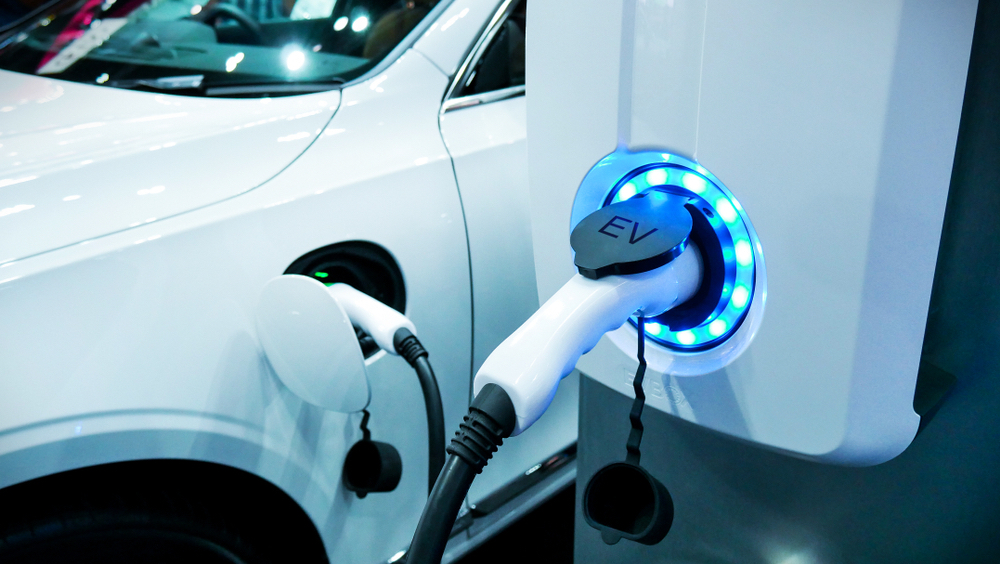
Researchers at the U.S. Department of Energy’s (DOE’s) Oak Ridge National Laboratory (ORNL) in Tennessee have demonstrated a wireless electric vehicle (EV) charging system that transfers 120 kW of power with a 97% efficiency – comparable to conventional, wired, high-power fast chargers. The laboratory demonstration transferred power across a six-inch air gap between two magnetic coils and charged a battery pack. The lab’s initial work in 2016 introduced the first 20-kW wireless charging system.
The team created a new coil design co-optimized with the latest silicon carbide power electronic devices for a lightweight, compact system, as they believed it “important to maintain the same or smaller footprint as the previous demonstration” in order to encourage commercial adoption.
“We used finite element and circuit analyses to develop a novel co-optimization methodology, solving the issues of coil design while ensuring the system doesn’t heat up or pose any safety issues, and that any loss of power during the transfer is minimal,” Veda Galigekere, project lead at ORNL’s Power Electronics and Electric Machinery Group said.
The research is considered to be a leap forward in the DOE’s “extreme” fast-charging goal to develop a system that delivers between 350 kW and 400 kW, while reducing charging time for EVs to 15 minutes or less. Along with seeking to increase the power transfer level to 200 kW and eventually 350 kW, the laboratory is also refining dynamic wireless charging technology, which would allow EVs to automatically charge using wireless charging pads installed under roadways.
“The goal is dynamic charging at highway speeds,” Galigekere said.
